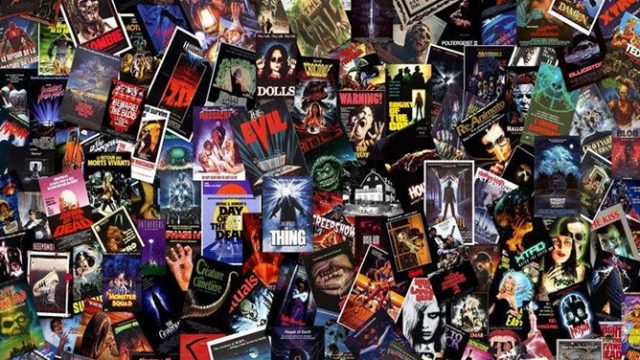There are two types of genres. That is, there are two different ways of defining genre. There’s likely official terms for this, but for the sake of this essay I will be calling them tangible genres and functional genres. Tangible Genres are genres defined by the tangible details within the work (a Western is a movie where they ride horses and wear cowboy hats). Tangible Genres can be very narrow, and can be created, split, and redefined infinitely. Functional Genres are genres that are defined by the emotional function of the work (a Comedy is a movie that makes me laugh). Functional genres are very broad, and there are only a few of them, but they are far more important when it comes to understanding, engaging, or creating a work of art.
Horror is a functional genre. However, unlike Comedy where its subgenres are also functional (slapstick, rom-com, spoof, satire, farce, gross-out, etc., are all different types of humor and can exist in any setting or context), Horror’s subgenres are tangible (slashers, ghost stories, zombie movies…). But while Night Of The Living Dead, Return Of The Living Dead, Shaun Of The Dead, and Resident Evil are all zombie movies, none of them really belong to the same genre. I believe this is a big reason why horror films are so divisive, and why even professional critics have so much difficulty approaching them.
Today, I would like to explore some of the functional subgenres of horror, but first to make this all as complicated as possible, I’d also like to lay out a tonal spectrum that all horror films fall onto. That is:
Comedy–Adventure–Drama–Terror
Comedy is when the monster is completely defanged and mocked. Adventure, when the monster is a real threat, but ultimately outwitted and defeated by the hero. In Drama, the monster may or may not be defeated, but will fundamentally and irrevocably change the characters and their relationships, most likely in a negative or wounding way (as opposed to Adventure which can lead to self actualization, or romance, or reveal hidden depths of strength and courage). And finally Terror leaves the characters or the world fundamentally broken, the monster may be escaped but the damage it inflicts can’t be, and the audience is left with a lingering sense of dread.
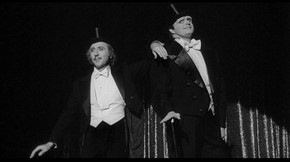
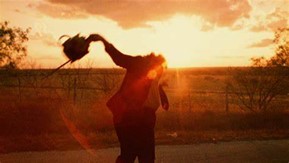
Here are the three functional subgenres of horror that I have identified:
Thrill Ride Horror: These films work on an almost purely physical level. There will be long quiet stretches to build up anticipation, and then loud noises and flashing lights to startle the audience, just like a rollercoaster building tension on the way up a hill and releasing it on the way down. There is no lingering emotional impact to the horror here. It exists only while you are on the ride.
Personally, I hate these movies, which I find obnoxious rather than frightening. But they have been the dominant form of (at least American) horror for roughly four decades now, and most modern horror films will at least dabble in this genre.

Visceral Horror: These films work by creating a safe distance from which you can engage with something that would be frightening were you to really experience it. The pleasure of the film comes from teasing yourself with the horror, but ultimately overcoming it. This is done by creating a strong sense of identification with the protagonists as they also engage with and survive the horror. Gore (or viscera) often belongs to this genre, but it is not a prerequisite. Anything – sharp claws, or long teeth, or tight spaces, or axe wielding maniacs – that presents a physical threat can be the basis of a visceral horror film.
This can be a difficult genre to calibrate, because people want something scary enough to push them without actually disturbing them. Too upsetting, and your audience will be upset. Too safe, and your audience will be bored.
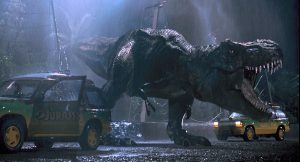
Spooky Horror: This genre relies heavily on atmosphere to create a sense of unease that, when done well, lingers long after the film has ended. Usually audience identification is resisted, perverted, or subverted in some way. This can be accomplished through having the protagonist be corrupted or driven by irrational/unexplainable drives, or by building sympathy and identification for the monster, or even by leaving us with no audience surrogate at all. Expect the threats here to be highly emotional or social in nature, and likely heavily symbolic, and to play on things that have real impact to the audience, whether material (they never did catch the Zodiac, did they?) or emotional (how much can you really trust the people closest to you?)
This is my favorite type of horror, but it’s by far the least profitable.
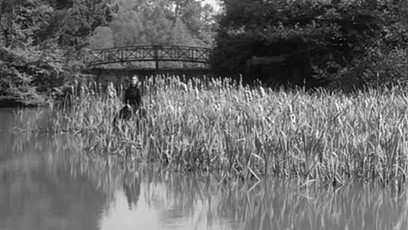
So what do you think? Are there categories I’ve missed? What kind of Horror movies do you like and how do you like to engage with them? Is there any way we can rewrite this whole thing as a convoluted and impenetrable food metaphor?

